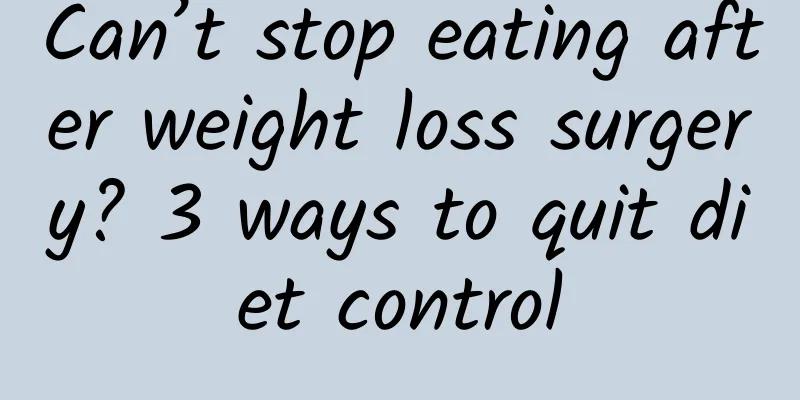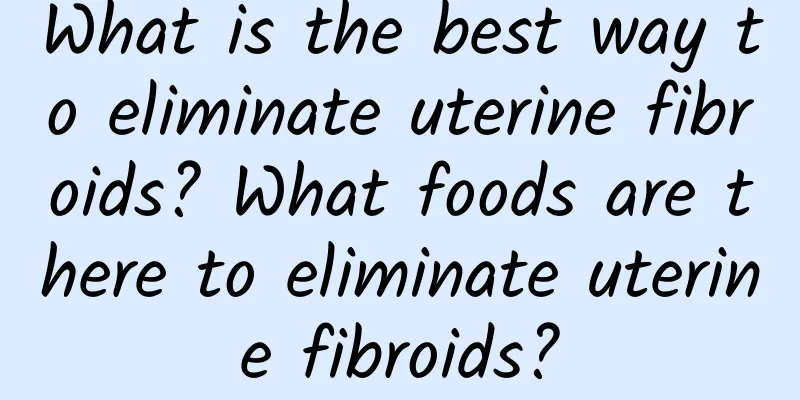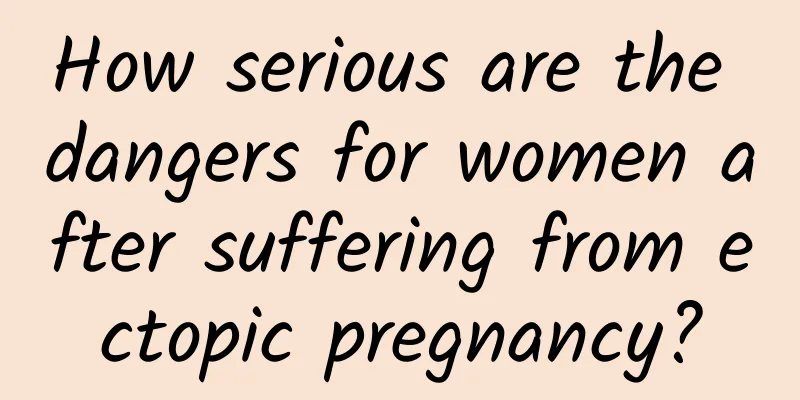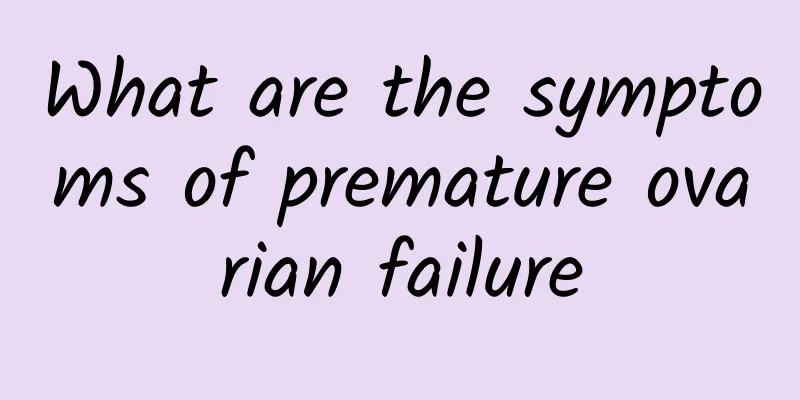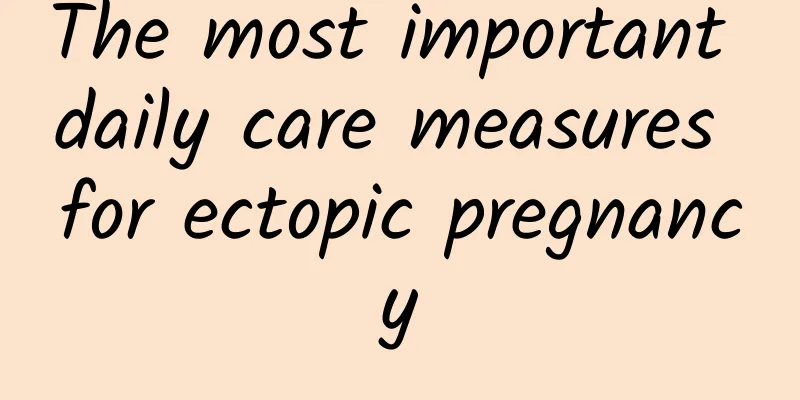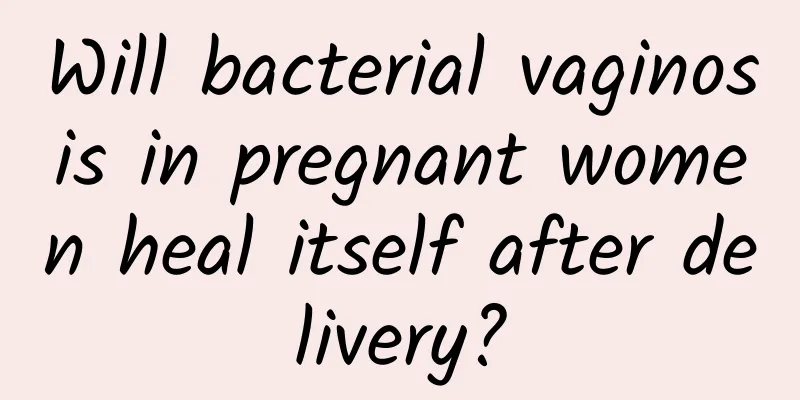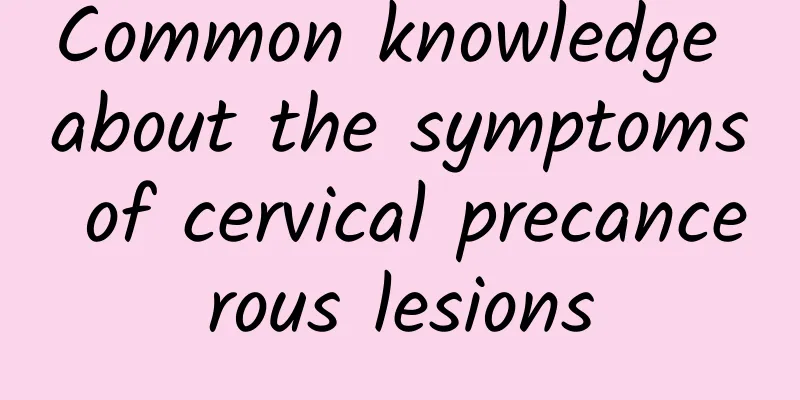What are the treatments for uterine fibroids? What are the pros and cons of treatments for uterine fibroids?
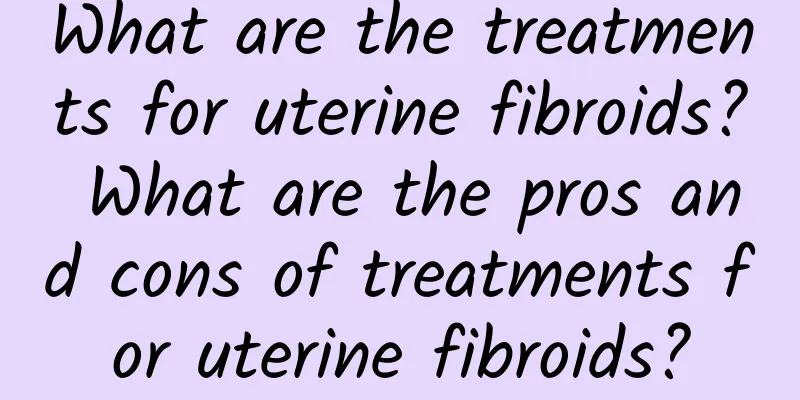
|
1. Follow-up observation: If the fibroid is smaller than 8 weeks of pregnancy and has no obvious symptoms, or if the uterus of a near-menopausal woman is smaller than 12 weeks of pregnancy, with normal menstruation and no compression symptoms, temporary observation is recommended. Follow-up examinations should be conducted every 3 months. Generally, due to the decrease in estrogen levels after menopause, the fibroid can gradually shrink. If the fibroid is found to be enlarged or the symptoms are obvious during the follow-up, the potential for malignant transformation of the fibroid should be considered. Surgery should be performed in a timely manner. 2. Drug treatment: For pregnant women with heavy menstrual flow and uterine enlargement of about 8 weeks, androgen therapy can be performed after the diagnosis of endometrial cancer. Androgens counteract estrogen, promote endometrial atrophy, contract the myometrium and vascular smooth muscle, and reduce bleeding. Methyltestosterone and testosterone propionate are commonly used, but the dosage and method should be under the guidance of a doctor to avoid improper use of drugs, which may lead to endocrine disorders, virilization, etc. 3. Interventional therapy for uterine fibroids: Interventional therapy for uterine fibroids involves inserting a very thin catheter into the blood supply artery of the uterine fibroids, i.e., the nutrient blood vessel, to block the blood supply to the fibroids, causing them to lose nutrition, necrotize, shrink, or even disappear. This method is suitable for all kinds of fibroids, has no obvious contraindications and complications, and preserves the patient's reproductive function. Clinically proven, 97% of pelvic compression symptoms and falling sensations disappear. 4. Surgical treatment: If long-term conservative treatment is ineffective or the symptoms are obvious, the fibroids are large, anemic, or growing rapidly, surgical treatment should be considered. Myomectomy: Suitable for young patients who want to have children. Whether it is subserosal, intramural, or even submucosal, fibroids can be removed through the abdomen to preserve the uterus. Hysterectomy: For older patients with uterine fibroids who have obvious symptoms and no desire to continue to have children, total hysterectomy, subtotal hysterectomy, and vaginal hysterectomy should be performed. One side of the normal ovary can be retained at around 50 years old to maintain its endocrine function. Minimally invasive surgery for uterine fibroids: No surgery, no hysterectomy, can treat uterine fibroids. This treatment method breaks through the limitations of many traditional treatment methods and is favored by most uterine patients. |
>>: How to treat uterine fibroids? Will the treatment of uterine fibroids cause complications?
Recommend
Stepping and jogging exercise improves diabetes and hypertension
Improve diabetes through slow pedaling exercise D...
What causes adnexitis?
There are many types of gynecological diseases in...
What causes dysmenorrhea? How can I relieve the symptoms of dysmenorrhea?
Dysmenorrhea can make many women feel very painfu...
How to treat Nabothian cyst
Nabothian cyst is a common benign lesion that usu...
Several vegetables that can easily cause miscarriage
There is no evidence that certain vegetables can ...
"Warming the kidney and regulating the spleen, resolving phlegm and removing dampness" to treat amenorrhea
Ye Zi, 28 years old, has been suffering from amen...
What are the symptoms of congenital premature ovarian failure?
What are the symptoms of congenital premature ova...
What are the effects of adenomyosis on pregnancy at 30 weeks?
Adenomyosis is a common female disease. Patients ...
No postpartum depression! 3 ways to lose weight and save your curves with exercise
Almost every mother cries with joy when her long-...
How to abort an ectopic pregnancy? Based on your actual situation
The existence of ectopic pregnancy itself has cer...
What are the symptoms of severe cervical erosion?
What are the symptoms of severe cervical erosion?...
What is ovulation bleeding?
Ovulation bleeding, also known as periovulation b...
What are the symptoms of menopause?
Menopause is a disease that some women will exper...
What are the symptoms associated with cervical warts?
Cervical condyloma acuminatum is an uncommon dise...
What are the common symptoms of ovarian cysts?
What are the symptoms of right ovarian cysts? Do ...
